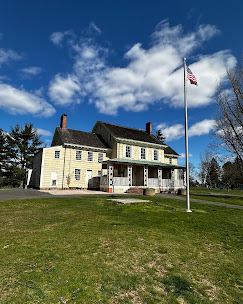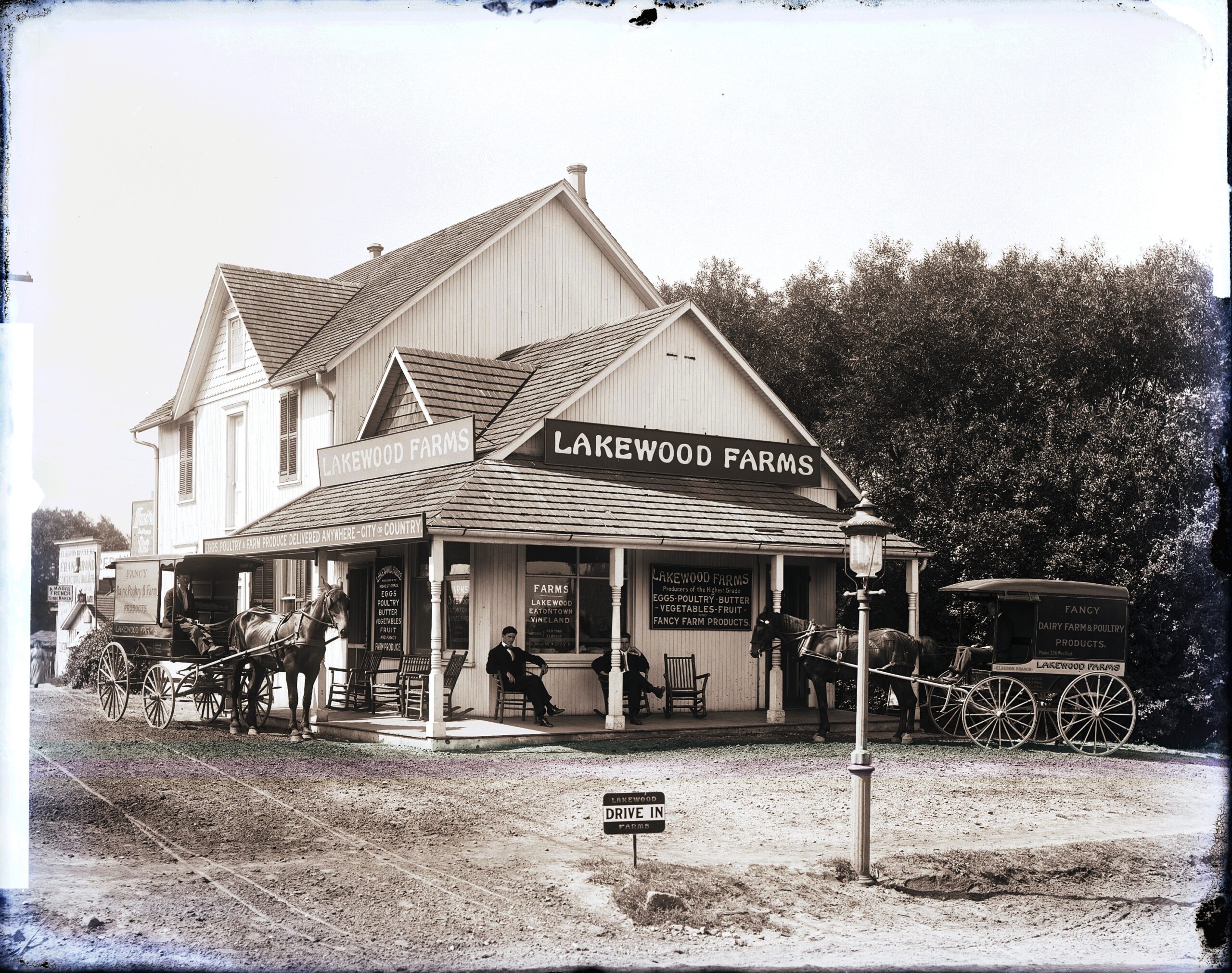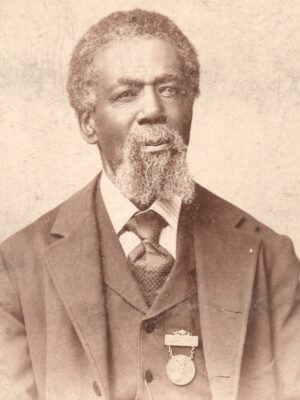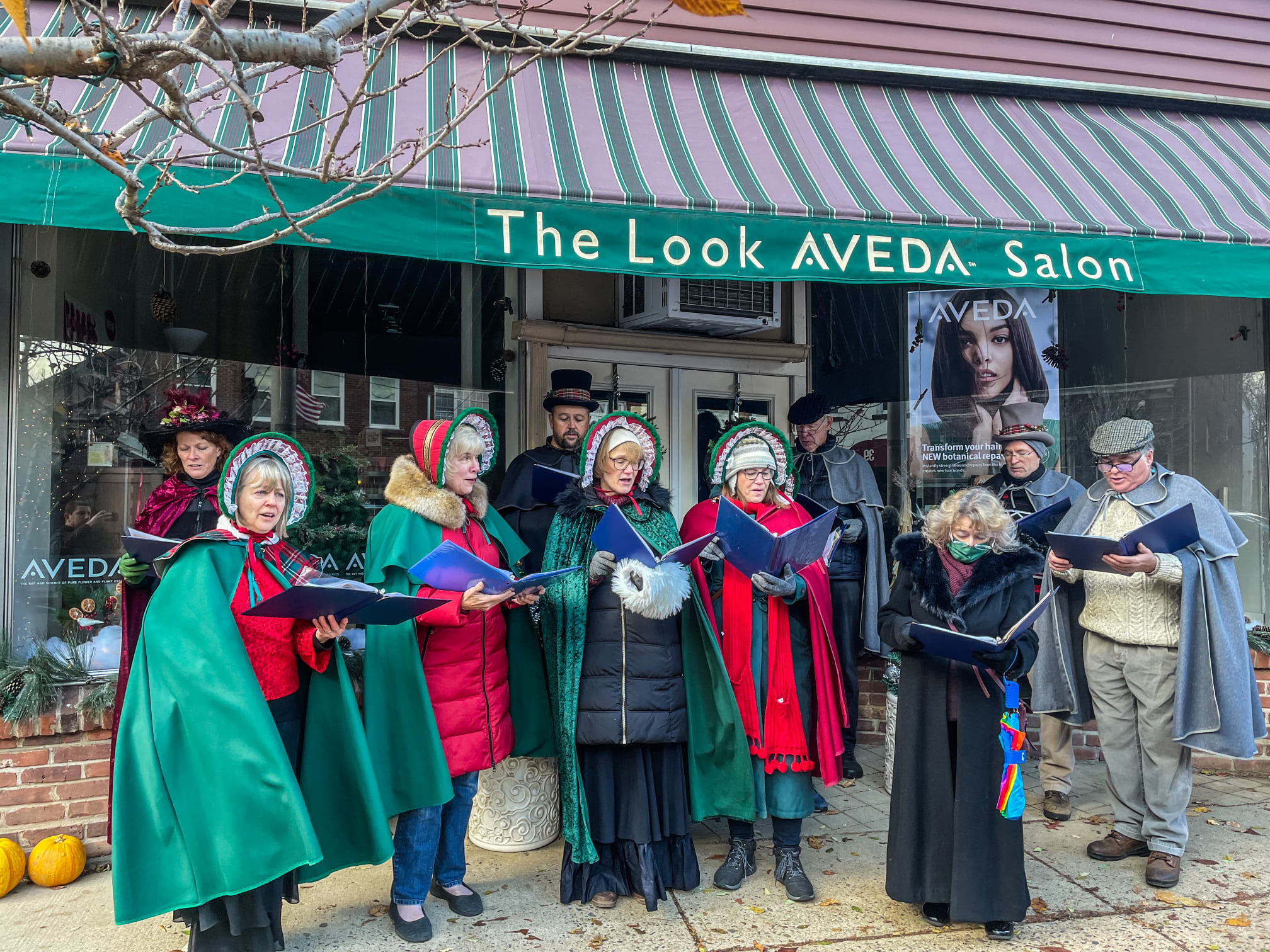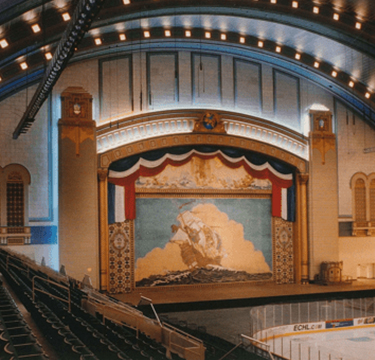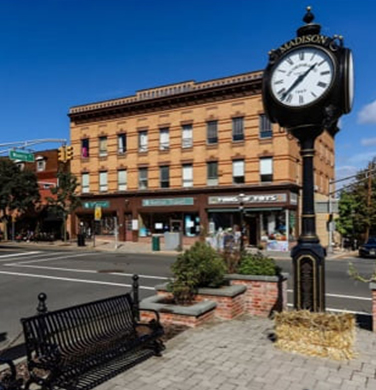Listed in 2024 as one of Preservation New Jersey’s 10 Most Endangered sites, the Homestead Plantation is fact that slavery existed in the state of New Jersey.
I am a descendant of the enslaved, my great-great grandmother was a freed slave in South Carolina. The belief that slavery existed in only the southern portions of the United States is not true. Slavery impacted every settled area throughout the Unites States of America.
In Union County, the area known historically as Ash Swamp, consisting today of Oak Ridge Park, Ash Brook Reservation, Ash Brook Golf Course, and the surrounding neighborhoods in Clark, Scotch Plains, and Edison, NJ, is dense with important historic sites, relevant to Black, Indigenous, and general American history, especially with regards to the Revolutionary War. Although Union did not exist as a separate county until 1857, this area has a long history of European settlement since the 17th century, and Elizabeth (originally called Elizabethtown) was one of the earliest English settlements in New Jersey. This area was densely populated by the time of the American Revolution and had a significant population of enslaved Black people.
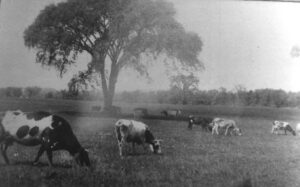
While not visible, there exists remnants of slavery in different parts of the State of New Jersey. The ruins of the Homestead Plantation’s enslaved quarters are just one of a handful of free-standing enslaved dwellings in the state. Throughout other parts of New Jersey that existence is threatened by development and lack of archeological investigation. The future development at the Homestead plantation threatens the existence of those ruins.
Plantation homes during the era of slavery in America were built by the enslaved. One interesting point about the house on Homestead Plantation is the sale of an enslaved woman named Phebe in 1717, helped pay for the first section of the Homestead Plantation House. There is data that states in 1730 the Homestead Plantation was owned by Shubal and William Smith. In the custom of the times for many large farms, the Smiths were slaveholders, and records show that both slave quarters and a cemetery were located on a portion of the property that’s now on the other side of present day Oak Ridge Road. Slavery was legal in New Jersey until 1804, when gradual emancipation was instituted.
The Homestead Plantation has been the focal point of human activity in the Ash Swamp for the last three centuries. As later additions were built for the Homestead Plantation there were stories that the property may have been involved in a Revolutionary war conflict in the area. However due its location in the Northeast, it most likely served as a stop for the Underground Railroad.
Interestingly, in the years after the Smiths owned the plantation, the property may have evolved from a workplace for the enslaved to a temporary haven for those escaping bondage. The home was eventually purchased by Quaker abolitionist and jurist Hugh Hartshorne Bowne, who is known to have been active in the Underground Railroad.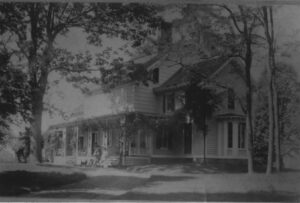
The history and events of the Homestead Plantation and the Plantation House is something that has to be preserved in Union County. Since the county closed the golf course in 2009, there have been infrequent talk about the future of the site; most recently plans were floated to build an ice rink. For now the house seems to be safe. The history of the site has been documented and researched extensively by local historians of the Clark Historic Society since 1995, with stories that include connections with the Underground Railroad.
